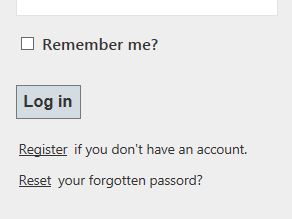Creating and keeping a database schema up to date using asp.Net & MVC 4 in Visual Studio (2010 in the below process) is quite easy and efficient.
Below are some basic steps to get you going.
Step 1. Create a local or remote SQL Server db (I’m using SQL Server 2008 Developer – locally) using SQL Management Studio. Don’t create any tables, etc., just the database.
Step 2. Update the web.config file in your root folder with a connection string for the database you just created. Below is mine:
<connectionStrings>
<add name="sampleDBContext"
connectionString="Data Source=.\;Initial Catalog=sampleDB;Integrated Security=SSPI"
providerName="System.Data.SqlClient" />
</connectionStrings>
It’s important to have the connection string name match the name of the class of your DbSet, below is my dbcontext class:
using System;
using System.Collections.Generic;
using System.Linq;
using System.Web;
using System.Data.Entity;
namespace SampleApp.Models
{
public class sampleDBContext : DbContext
{
public DbSet<simpleTable> simpleTable{ get; set; }
}
}
Step 3. In the Package Manager Console (in Visual Studio), run this command to enable migrations (at the “PM>” prompt):
Enable-Migrations -ContextTypeName SampleApp.Models.sampleDBContext
You should get this result:
Code First Migrations enabled for project SampleApp.
Step 4. At this point, the database hasn’t been updated. To update and create your tables, let’s first create a migration. In the Package Manager Console, run this command to create a migration (at the “PM>” prompt):
Add-Migration InitialMig
(If you were to open the .cs file just created in your migrations folder, you’ll see the create / update commands it will run.)
Step 5. Finally, to actually update the database, run:
Update-Database
(at the “PM>” prompt). You’ll see some messages like:
Applying code-based migrations: [201209122019596_InitialMig].
Applying code-based migration: 201209122019596_InitialMig.
Running Seed method.
Now if you look in at your database in SQL Management Studio, you’ll see your changes!
Going forward: go ahead and make changes to your models, you’ll just want to run the “Add-Migration” command, with a new migration name. ie: Add-Migration Mig2 and then run Update-Database to apply the changes. Simple!


